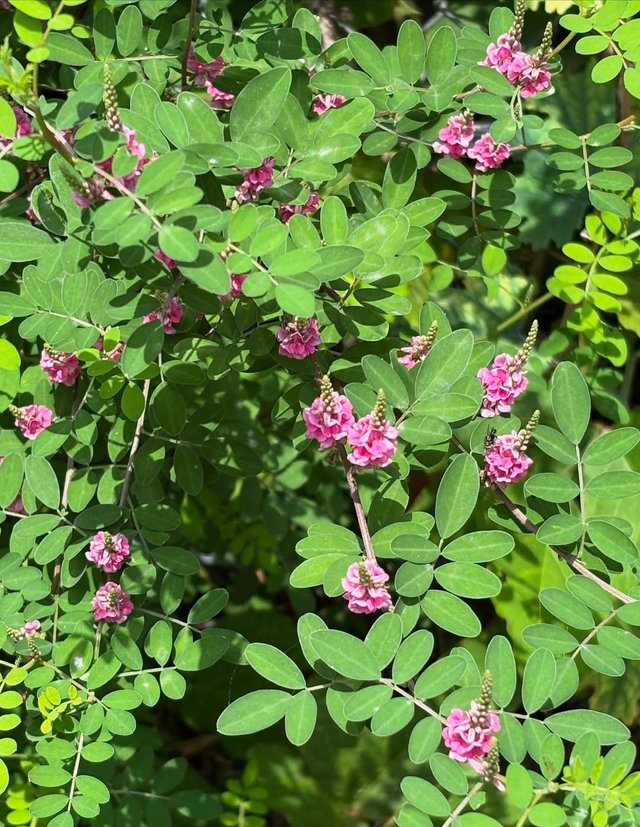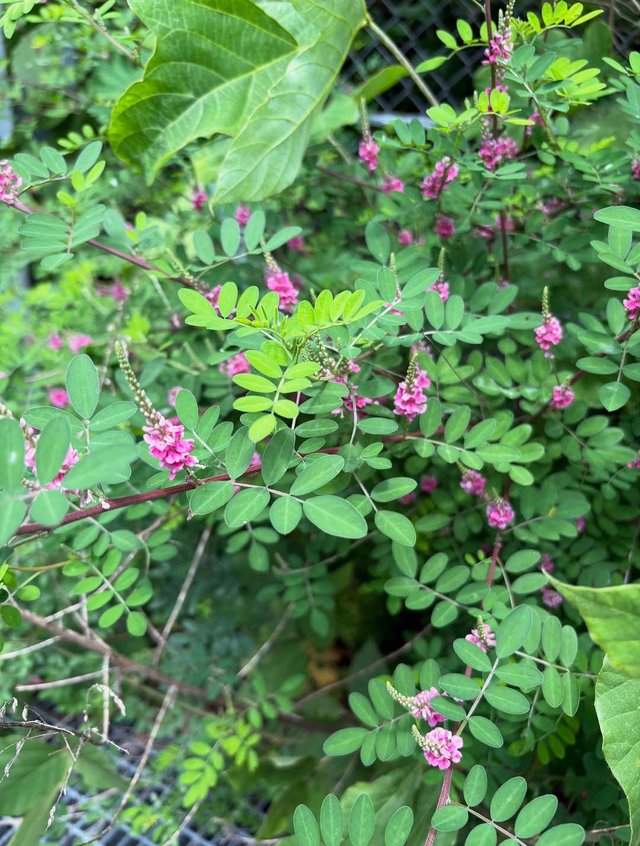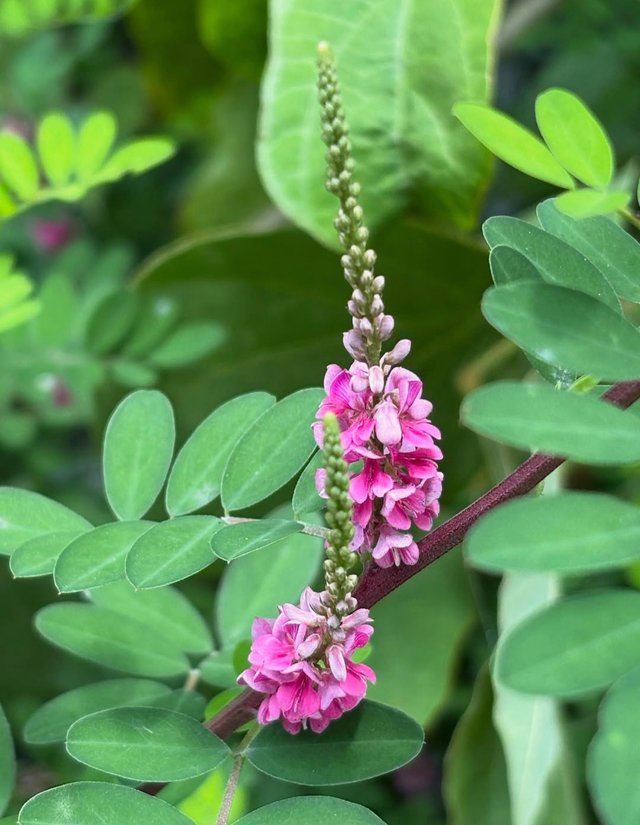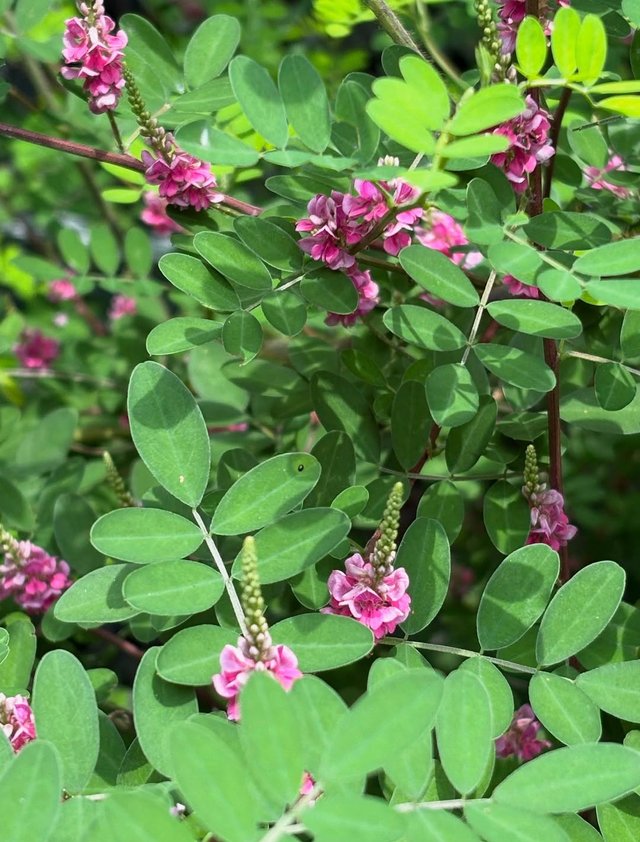



Indigofera tinctoria, commonly known as true indigo, is a species of flowering plant that has long held a place of reverence in history, culture, medicine, and art. Belonging to the Fabaceae (legume) family, this small shrub is native to tropical Asia and parts of Africa but is now cultivated in various parts of the world for its stunning dye-producing abilities. While most people recognize the plant for the indigo dye extracted from its leaves, the flowers of Indigofera tinctoria also possess unique beauty and ecological value that deserves attention.
The flowers of Indigofera tinctoria are delicate, pea-shaped blossoms, characteristic of the legume family. They typically appear in short, dense racemes, with each raceme carrying multiple tiny flowers. Their color ranges from soft pink to purplish, sometimes with a slightly bluish hue, creating a lovely contrast against the green compound leaves of the plant.Each flower has five petals arranged in a butterfly-like shape—standard, wings, and keel—which is typical of the Papilionoideae subfamily. While not as flashy as showy ornamental flowers, Indigofera flowers possess a subtle, pastoral charm.
Indigofera tinctoria flowers during the warmer months, usually from late spring to early autumn depending on the region. The plant thrives in sunny environments with well-drained soil and is drought-resistant once established. It can grow as a perennial in tropical regions or an annual in temperate zones.The flowering period is not only important for seed production but also signals peak leaf biomass, which is essential for harvesting the plant for dye production.Though small, the flowers of Indigofera tinctoria play a vital role in the local ecosystem. They attract a variety of pollinators, including bees, butterflies, and hoverflies. The plant's presence helps promote biodiversity, especially in rural or semi-wild settings.Because it's a nitrogen-fixing legume, Indigofera also enhances soil fertility, making it a valuable companion in sustainable agriculture and intercropping systems.